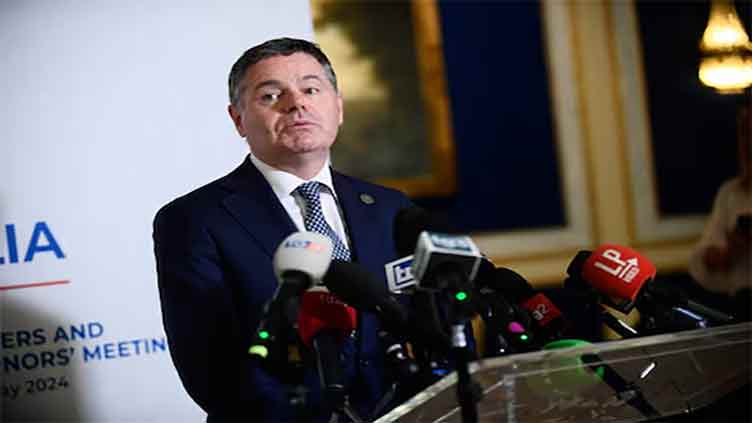G7 summit: EU to consider leveraging windfall profits from Russia's frozen assets

World
G7 summit: EU to consider leveraging windfall profits from Russia's frozen assets
BRUSSELS (Reuters) - European Union finance ministers will consider a G7 plan for leveraging windfall profits generated by Russian assets, immobilised in the West after Russia's invasion of Ukraine, after a G7 summit later in June, the ministers' chairman said.
Paschal Donohoe, who chairs meetings of euro zone finance ministers, said after a video teleconference of EU ministers on Wednesday that there was unwavering support to help Ukraine meet its financing needs.
"The discussion among ministers showed appreciation for the constructive engagement with G7 partners in this regard and full support for it to continue," Donohoe said in the statement after the teleconference.
"Finance ministers will consider at their June meeting the need for further discussions following the G7 Summit in Apulia," he added.
After Moscow's invasion of Ukraine in February 2022, western countries immobilised some $300 billion of Russian central bank assets, which are generating annual profits of 2.5-3.5 billion euros a year.
While seizing the capital of the assets would be legally risky, European governments agree that using the profits generated by the frozen capital is fine because the profits do not legally belong to Moscow.
The European Union, where the bulk of the assets are held, agreed to put the annual profits into a special fund that would pay for weapons for Ukraine and the country's reconstruction.
But within the G7 - which comprises the United States, Canada, Japan, Britain, France, Germany and Italy - Washington has been pushing to use the profits to provide a massive loan to Ukraine now, when the money is most needed, rather than settle for a few billion euros a year over a long period.
When a fishing trawler capsized off Greece a year ago, killing hundreds of migrants,
Under the G7 plan, which the EU will consider after a G7 meeting in Italy on June 13-15, profits from the frozen assets would service the interest and could pay back the capital of a loan issued to Ukraine by either the United States, or the U.S. and other G7 countries, or by the EU from its budget.
The interest, maturity and size of the loan are still under discussion. U.S. Treasury Secretary Janet Yellen has said the loan could amount to $50 billion.



